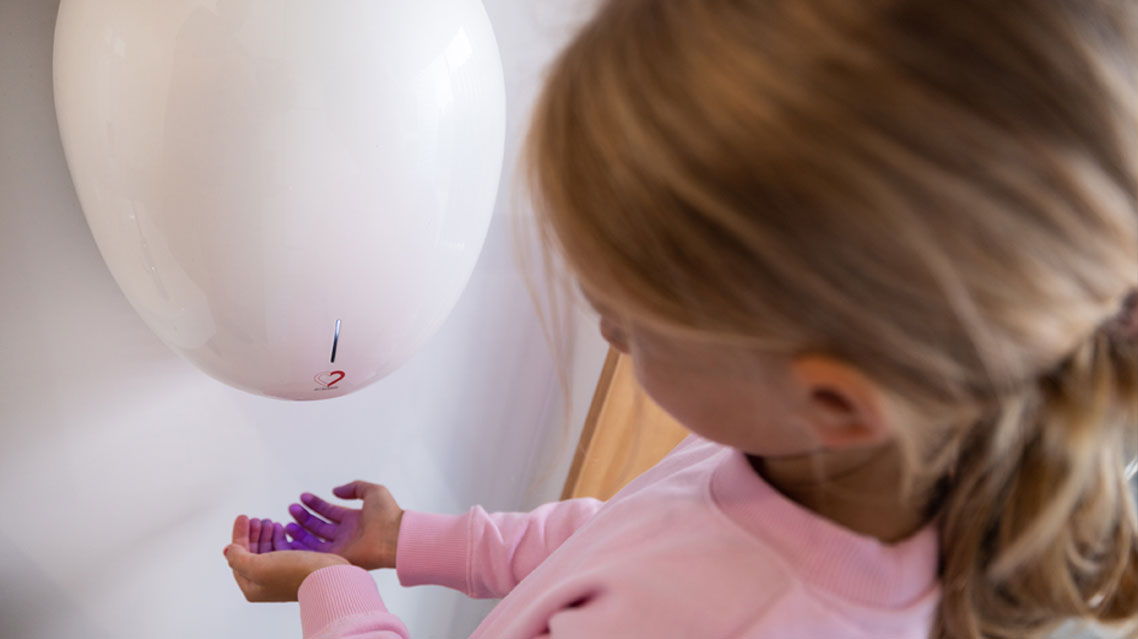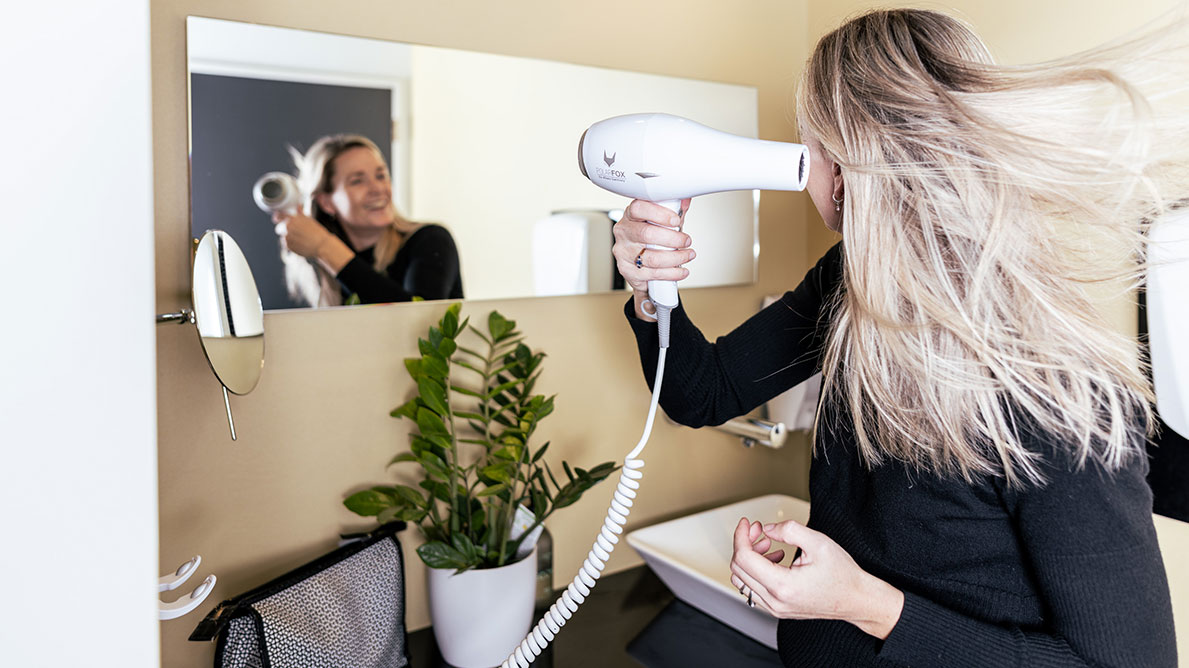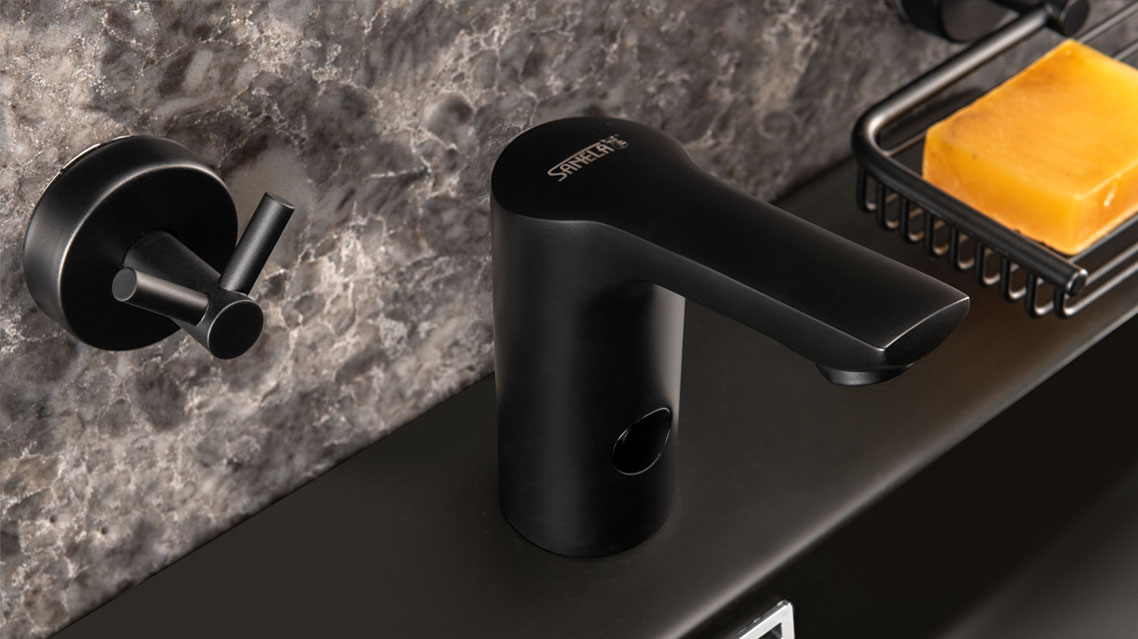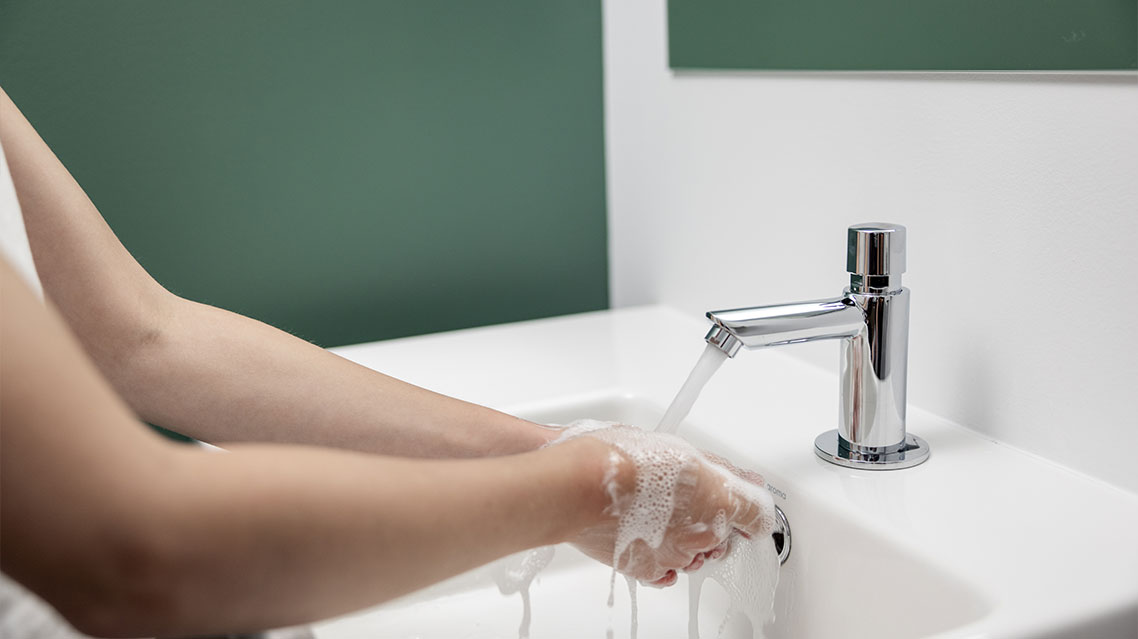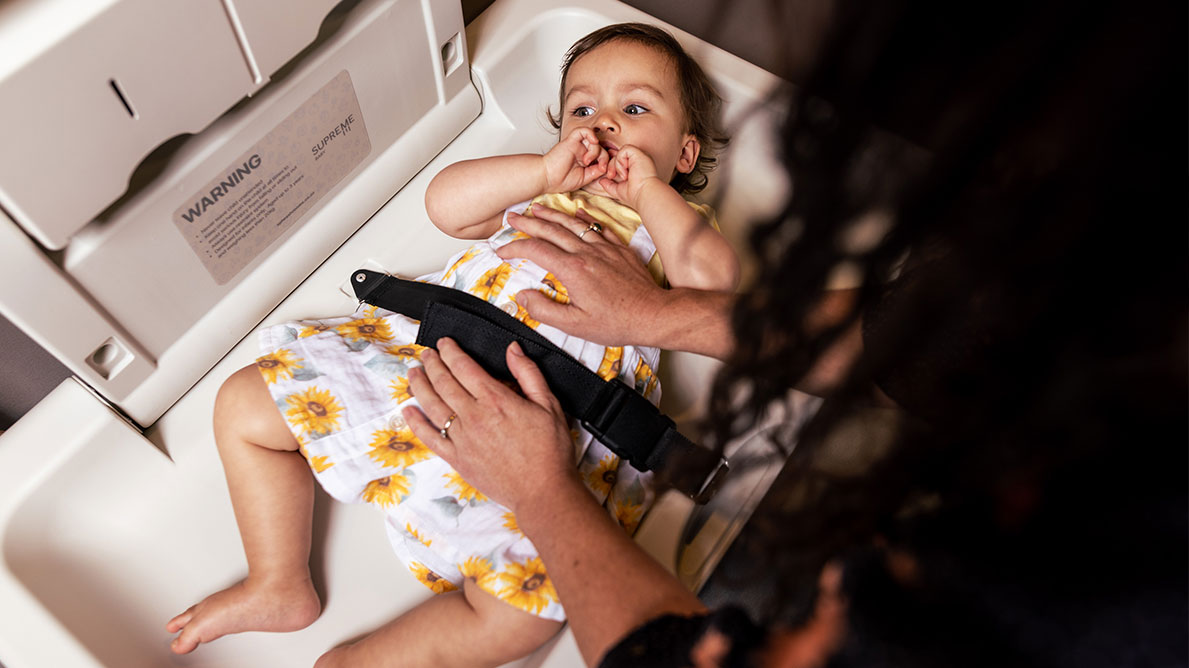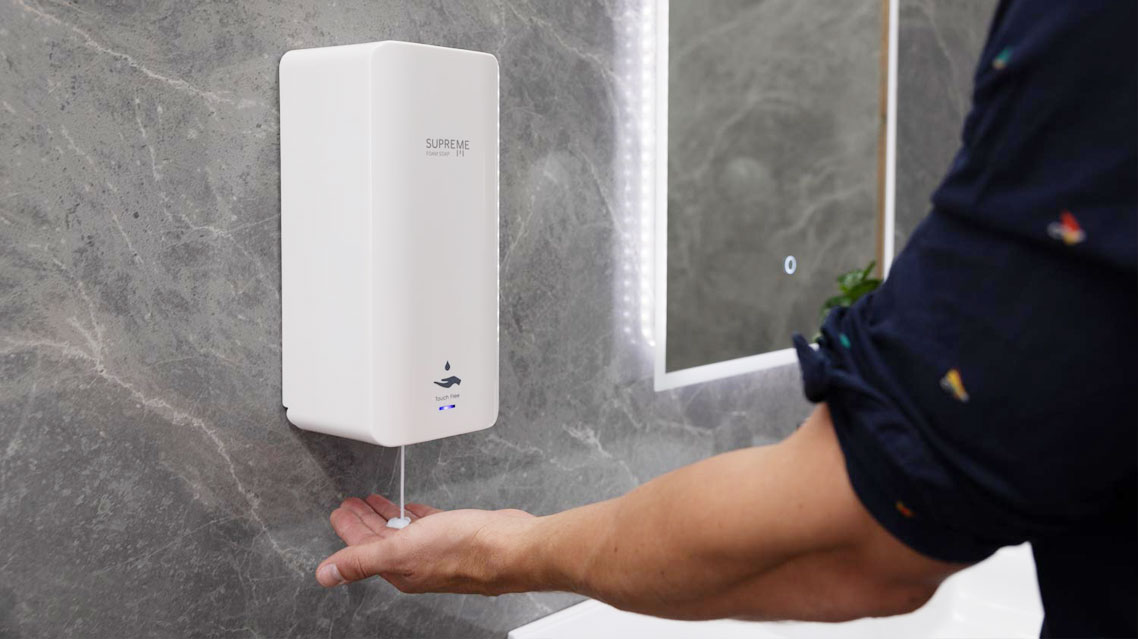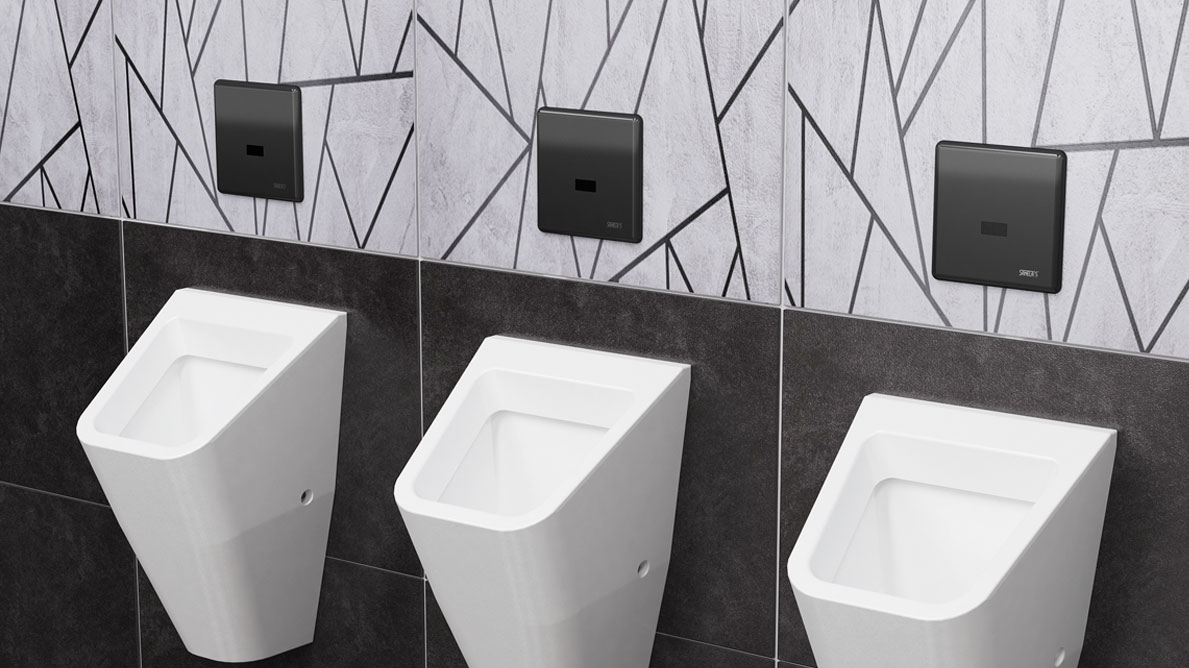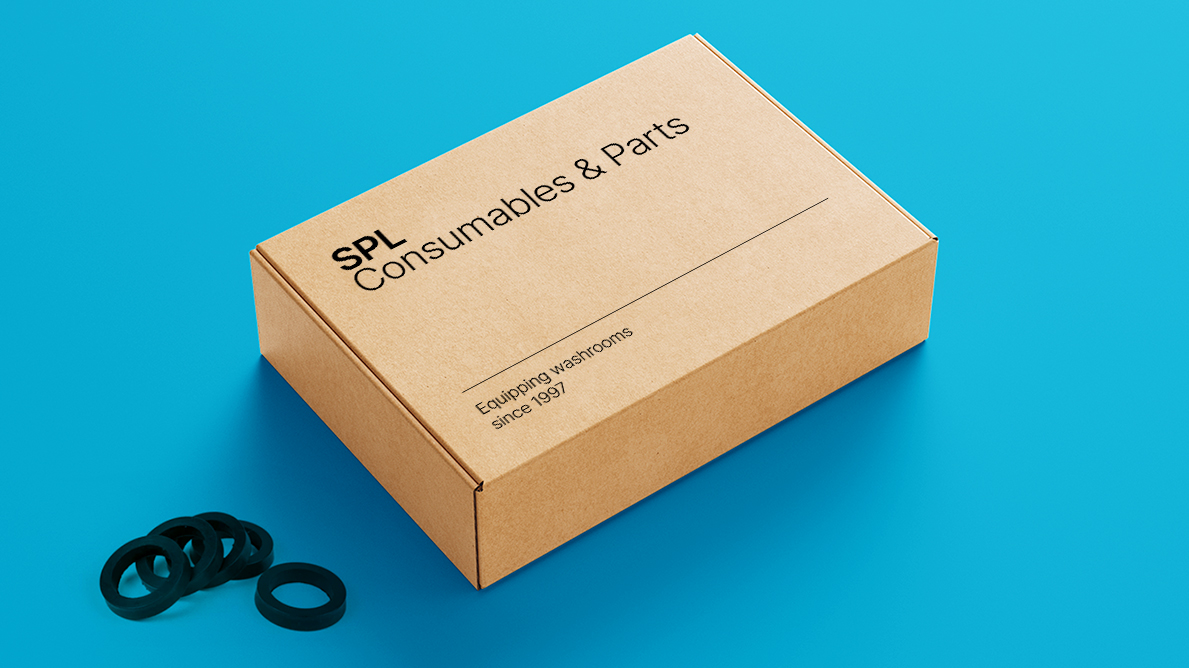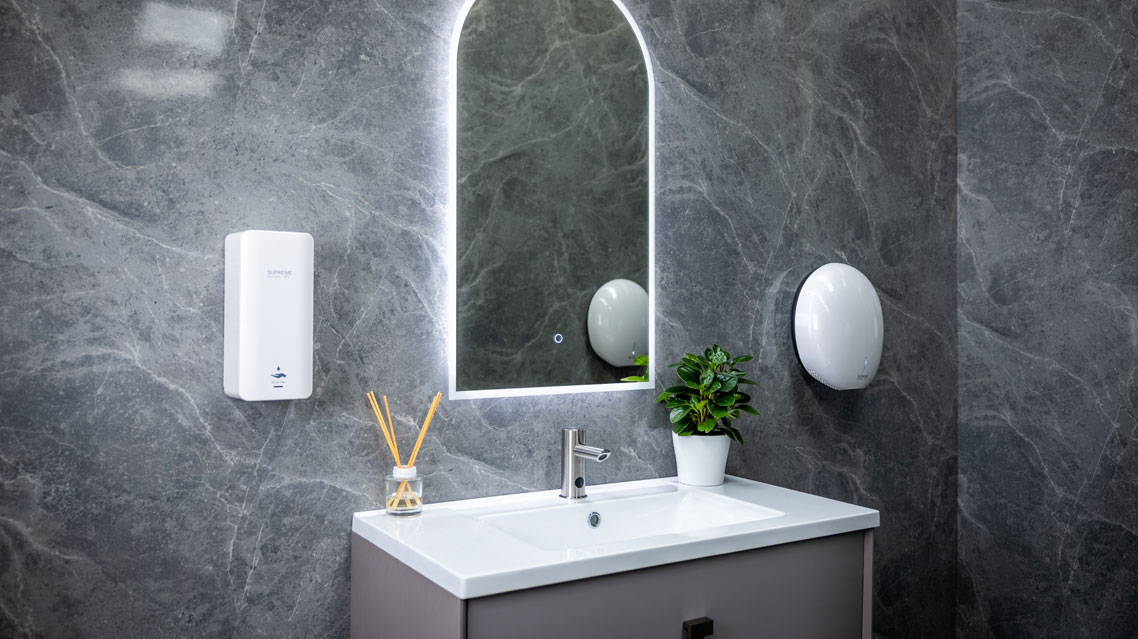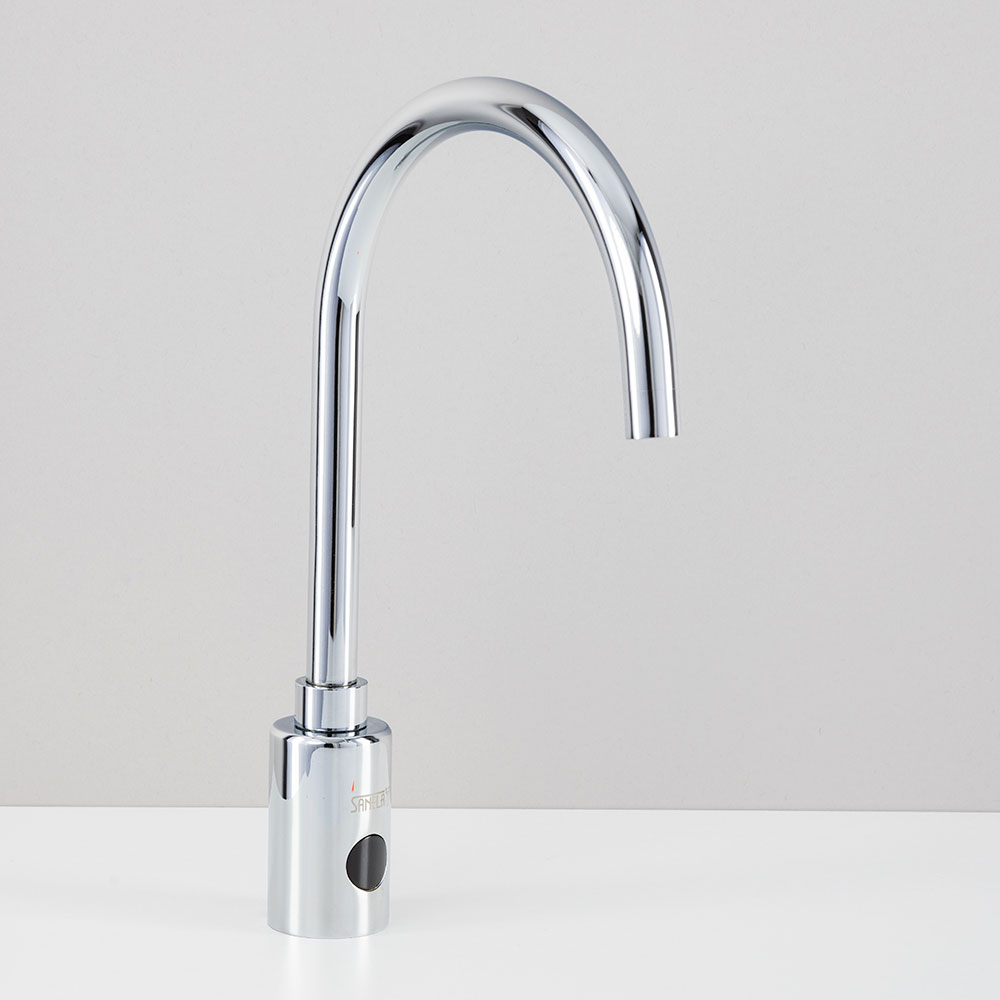Sensor taps, also known as touchless or automatic faucets, have become increasingly popular in NZ schools and commercial settings. These modern fixtures offer a convenient and hygienic way to access water without physically touching the faucet handles. However, a common question arises: do sensor taps need power?
The answer is yes, but the source of power can vary. In this blog, we will delve into the world of sensor taps, exploring the two primary power options: mains power and battery power. We’ll also discuss the advantages of each option to help you make an informed decision.
Mains-Powered Sensor Taps
1. Constant and Reliable Operation:
Mains-powered sensor taps are connected directly to an electrical power source. This ensures a continuous and reliable flow of power, allowing the faucet to function seamlessly without interruptions. This makes them an excellent choice for high-traffic areas like commercial restrooms.
2. No Battery Maintenance:
Since mains-powered taps rely on a direct power supply, there’s no need to worry about changing or recharging batteries. This eliminates the maintenance associated with battery-powered options.
3. Eco-Friendly:
Mains-powered taps are often more energy-efficient than their battery-powered counterparts. They can be designed to regulate water flow and temperature more precisely, reducing water and energy waste.
Battery-Powered Sensor Taps
1. Flexibility in Installation:
Battery-powered sensor taps offer greater flexibility when it comes to installation. They can be placed virtually anywhere without the need for an electrical connection, making them ideal for retrofitting existing spaces or locations where mains power is not easily accessible.
2. Lower Initial Cost:
Battery-powered taps typically have a lower upfront cost compared to mains-powered ones. This can make them an attractive option for budget-conscious projects.
3. Easy Maintenance:
While batteries do require periodic replacement or recharging, the process is relatively simple and can be done without the need for professional assistance. This ease of maintenance can save both time and money in the long run.
Our Sanela Husa and Sanela Austere (chrome) are both available in mains and battery power options.
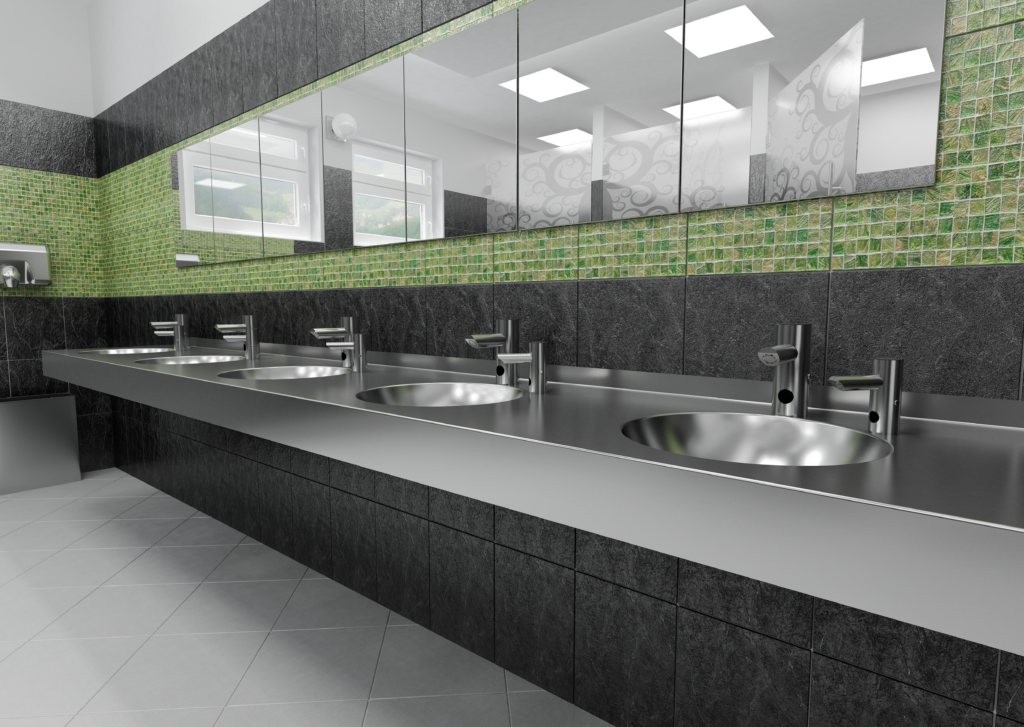
Choosing the Right Sensor Tap
The decision between mains-powered and battery-powered sensor taps depends on several factors, including the intended use and your specific needs. Here are some considerations to help you make the right choice:
1. Usage Frequency:
For high-traffic areas or places where taps are in constant use, mains-powered taps are the better choice due to their uninterrupted operation.
2. Installation Location:
If you’re retrofitting an existing space or need flexibility in faucet placement, battery-powered taps are a convenient option.
3. Environmental Impact:
If you’re environmentally conscious and want to minimise energy consumption, mains-powered taps with energy-efficient features might be preferable.
4. Budget Constraints:
If you have budget constraints, battery-powered taps provide a cost-effective solution upfront.
In conclusion, sensor taps do require power to function efficiently, but the source of that power can be either mains or batteries. Each option comes with its own set of advantages, making them suitable for different situations. Mains-powered taps are known for their reliability and eco-friendliness, while battery-powered taps offer flexibility in installation and lower initial costs. The choice ultimately depends on your specific needs and priorities, so consider these factors carefully when selecting the right sensor tap for your home or business.
If you would like to discuss your project requirements, please contact us at office@splwashrooms.co.nz
